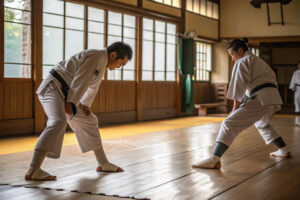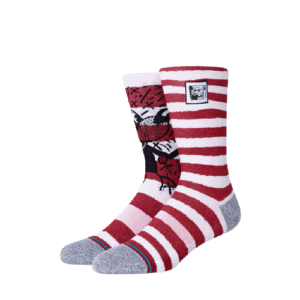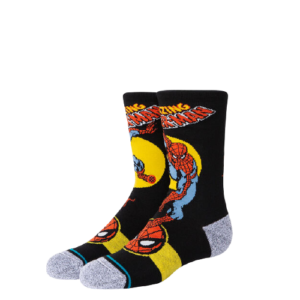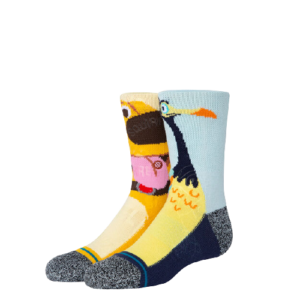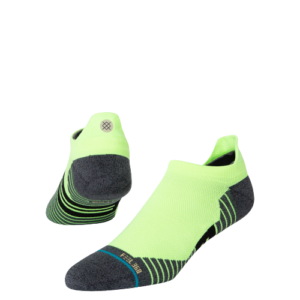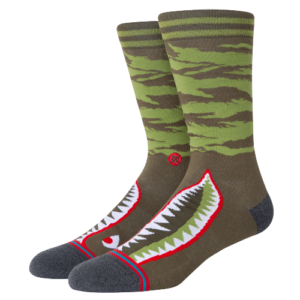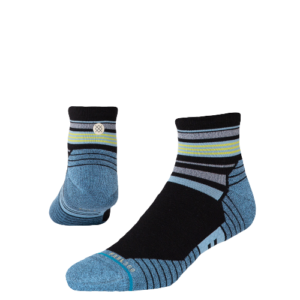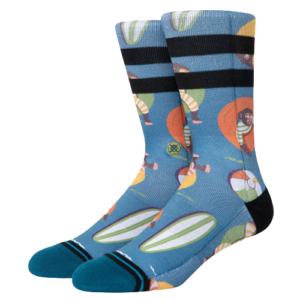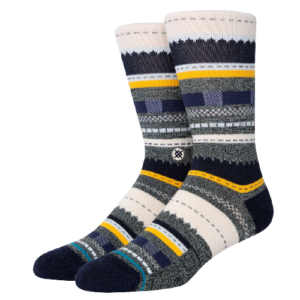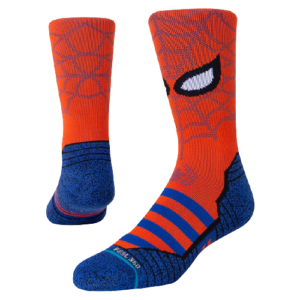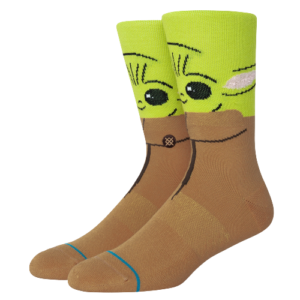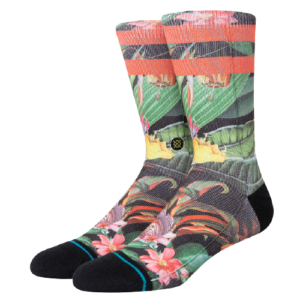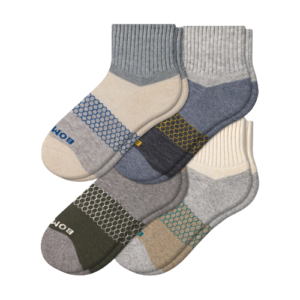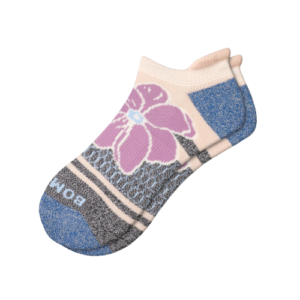Living with plantar fasciitis can be painful, especially if you’re active or spend long hours on your feet. The right socks can make a big difference, offering targeted compression, cushioning, and support to help reduce discomfort and improve mobility.
The best socks for plantar fasciitis relief combine medical-grade compression zones, arch support, and moisture-wicking fabrics. They help minimize inflammation, stabilize the foot, and keep you comfortable throughout the day.
If you’ve been struggling to find socks that actually relieve your heel pain, you’re in the right place. Let’s explore the top features, materials, and types of plantar fasciitis socks that deliver real results.
How Do Compression Socks Help Plantar Fasciitis?
Compression socks are designed to apply consistent pressure to specific areas of your foot and ankle. For plantar fasciitis, this compression focuses on the arch and heel, promoting better blood flow and reducing inflammation.
Medical-grade compression in socks can also limit micro-tears in the plantar fascia by keeping the foot stable during movement. This makes them particularly effective for people who walk, run, or stand for extended periods.

What Level of Compression Works Best?
For plantar fasciitis relief, moderate to firm compression (15–30 mmHg) is generally recommended. This level strikes the right balance between support and comfort. For example, CEP Compression Socks are trusted by athletes for their medical-grade fit and durable construction.
Are Graduated Compression Socks More Effective?
Graduated compression socks apply more pressure at the ankle and gradually decrease toward the calf. Brands like Sockwell specialize in this design, which helps reduce swelling and supports circulation — both important for plantar fascia recovery.
Which Sock Materials Provide the Most Relief?
The right fabric can dramatically enhance your comfort and healing. Moisture-wicking and breathable fibers keep your feet dry, while soft yet supportive materials reduce irritation and friction.
Natural fibers like bamboo and merino wool are naturally antibacterial and temperature-regulating, while performance blends like nylon-spandex offer stretch and durability.

Is Bamboo Better Than Cotton for Foot Pain?
Yes — bamboo fibers are softer, wick moisture better, and resist odor more effectively than cotton. Many brands, such as EcoSox, produce bamboo-based plantar fasciitis socks that feel gentle yet supportive.
Do Merino Wool Socks Work Year-Round?
Absolutely. Merino wool regulates temperature, keeping feet warm in winter and cool in summer. Smartwool offers merino-based compression socks ideal for plantar fasciitis sufferers seeking year-round comfort.
Should You Choose Cushioned or Thin Socks?
Padding can help absorb shock with every step, while thinner socks may fit better inside snug shoes. Your choice depends on your lifestyle and footwear preferences.
Cushioned plantar fasciitis socks often feature reinforced heels and extra padding under the arch, while thin performance socks prioritize a low-profile fit.

Are Cushioned Socks Better for Long Walks?
Yes — thick cushioning helps absorb impact during long-distance walking or hiking. Thorlos specializes in padded socks that reduce pressure on the plantar fascia during extended activity.
Can Thin Socks Still Provide Support?
Yes, especially when they incorporate targeted compression bands. Feetures Plantar Fasciitis Relief Socks are a great example of thin socks that still deliver strong arch support.
How to Care for Plantar Fasciitis Socks for Longevity?
Proper care extends the lifespan of your socks and ensures they keep delivering the same level of support. Most plantar fasciitis socks contain elastic fibers that can weaken with high heat or harsh detergents.
Gentle washing and air drying are key to preserving compression levels and preventing fiber damage.

Should You Machine Dry Compression Socks?
No — heat can degrade elastic fibers and reduce compression. Instead, lay them flat or hang dry. Brands like Zensah recommend air drying to maintain sock integrity.
How Often Should You Replace Them?
On average, every 3–6 months with regular wear. This ensures the compression and support remain effective. ProCompression offers subscription programs to make regular replacement easy.
Conclusion
Plantar fasciitis socks aren’t just about comfort — they’re an important part of your recovery and daily foot care. Choosing the right compression level, materials, and cushioning can help you walk with less pain and greater stability.
If you’re ready to develop your own line of high-performance plantar fasciitis socks with advanced materials and expert manufacturing, contact our Business Director Elaine at elaine@fumaoclothing.com. We at Shanghai Fumao specialize in custom sock production for global brands.


